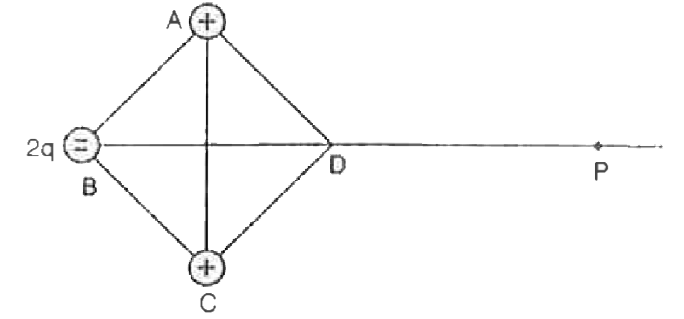ABCD is a square of side a. A line parallel to the diagonal BD at a distance x from the vertex A cuts the two adjacent sides. Express the area of the segment of the square with A at a vertex, as a function of x.
Step by step video & image solution for ABCD is a square of side a. A line parallel to the diagonal BD at a distance x from the vertex A cuts the two adjacent sides. Express the area of the segment of the square with A at a vertex, as a function of x. by Maths experts to help you in doubts & scoring excellent marks in Class 12 exams.
Updated on:21/07/2023Topper's Solved these Questions
- FunctionBOOK - A DAS GUPTACHAPTER - FunctionEXERCISE - Exercise
57 Videos
- Equations, Inequation and ExpressionsBOOK - A DAS GUPTACHAPTER - Equations, Inequation and ExpressionsEXERCISE - Exercise
301 Videos
- Heights and DistancesBOOK - A DAS GUPTACHAPTER - Heights and DistancesEXERCISE - Exercise
3 Videos
Similar Questions
ABCD is a square of side l. A line parallel to the diagonal BD at a distance 'x' from the vertex A cuts two adjacent sides. Express the area of the segment of the square with A at a vertex, as a function of x. Find this area at x=1/√2 and at x=2, when l=2.
View SolutionABCD is a square of side 6 cm. Find the area of the shaded region bounded between square and the two quadrants
View Solution
Knowledge Check
The side of an equilateral triangle is equal to the diagonal of the square. If the side of the square is 10 cm, then what is the area of the equilateral triangle?
Aa. 50√2Bb. 50√3Cc. 100√2Dd. 100√3The side of an equilateral triangle is equal to the diagonal of the square. If the side of the square is 12 cm, then what is the area of the equilateral triangle?
A50√2B50√3C72√3D100√3ABCD is a square of side L. A very long straight conductor carrying a current i passes through the vertex A of the square and is perpendicular to its plane. The minimum magnetic induction at a vertex of the square is
Aμ04π2√2iLBμ04π√2iLCμ04π4√2iLDμ04π2iL
Area of square in terms of side and diagonal
View SolutionIn the figure,ABCD is a square with side x as shown. A parallelogram ABPC is drawn on the side AB as shown. Find the ratio of the area of square to the area of the parallelogram.
View SolutionA system consists of two identical dipoles placed along the sides of a square ABCD in such a way that +q and +q lie at the corner A and C and −q and −q at the corner B . Calculate the potential due to the system on the diagonal BD at a distance r from the intersection of the diagonals of the square . The length of each diagonal is 2a .

View SolutionIf one side of a square is represented by 18x–20 and the adjacent side is represented by 42–13x, find the length of the side of the square .
View SolutionIf one vertex of a square whose diagonals intersect at the origin is 3(cosθ+isinθ) , then find the two adjacent vertices.
View Solution
